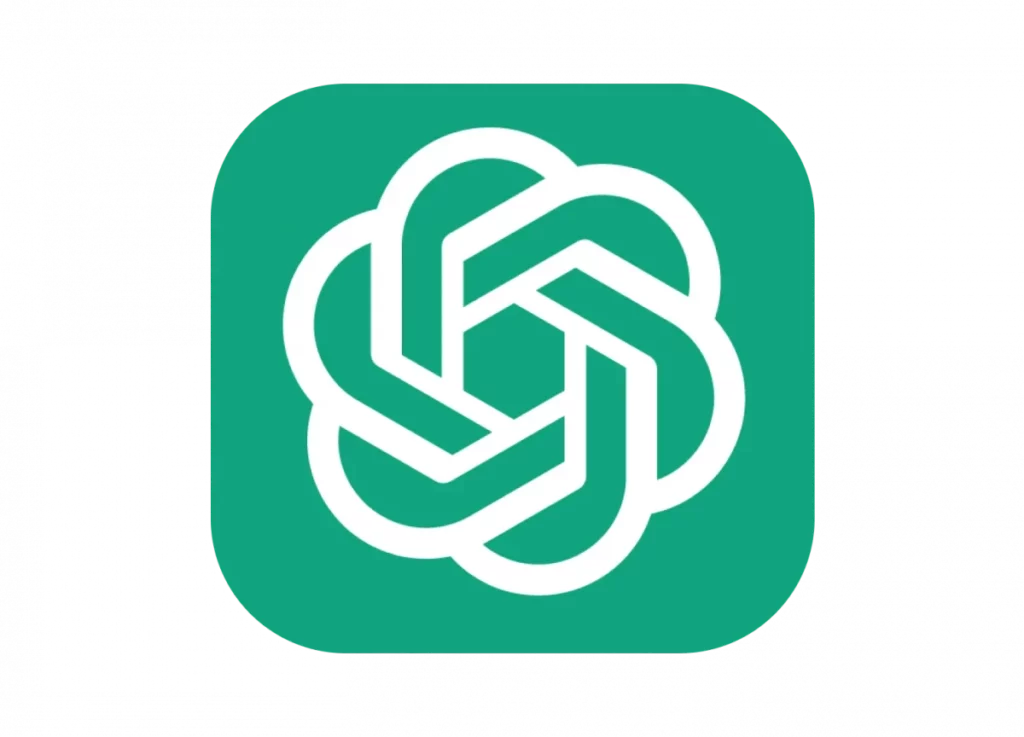GPT-4 with Vision, also known as GPT-4V, is an extension of the GPT-4 language model that includes the capability to process and understand images.
This means that GPT-4 can accept a prompt that consists of both text and images, allowing it to perform tasks that involve visual understanding in addition to its existing language processing abilities.
For example, GPT-4 with Vision can answer questions about images, make observations, and even provide explanations about visual content.
This makes it compete with AI tools that already accept visual inputs (Bard, Poe, etc).
This represents a significant advancement in AI, as it combines the power of natural language processing with computer vision.
For more details, you can refer to the research paper provided by OpenAI.
For developers, the identifier within the API is gpt-4-vision-preview.
Exploring GPT-4 with Vision
This vision mode included in GPT-4 places it within the sphere of Large Multimodal Models (LMMs), setting a new standard for AI interaction across different data formats.
Whether it’s through the OpenAI ChatGPT iOS app, a web interface, or direct API access, your use of this technology requires a GPT-4 subscription and corresponding API development permissions, or a ChatGPT Plus subscription.
In practice, this enhanced capacity has sparked wide-ranging experimentation within the natural language processing and computer vision fields, leading to new insights and evaluations.
Real-life use cases
a) Analyzing image-based queries
When presented with an image containing both visual elements and text, such as a meme or mixed currency, this AI can dissect the humor or value implicated by the imagery. There have been moments of slight inaccuracies, such as mislabeling items within the image, but it shows a distinct ability to understand context and relationships.
This technology can even venture into cinematic critique, providing insights into films like “Pulp Fiction” just from a single frame.
b) Decoding mathematical expressions
When faced with mathematics, GPT-4 doesn’t only read the equations but also processes them, leading to successful problem-solving steps and correct answers.
There’s a caveat, though, as its performance might vary, particularly with handwritten symbols which sometimes come across as a stumbling block.
c) Pursuing the identification of objects in images
Inspection of object-location tasks demonstrates that while GPT-4 can converse about the contents of an image, it may not outdo specialized models geared strictly toward object detection.
The AI’s capabilities don’t quite encompass the granular accuracy required to pinpoint objects within an image’s coordinates reliably.
d) Cracking CAPTCHA Challenges
In chasing CAPTCHA challenges, GPT-4 shows that while it can discern CAPTCHAs, its success rate is inconsistent. With elements such as traffic lights or crosswalks, the AI doesn’t always box them correctly, revealing limitations in this area of image evaluation.
e) Solving puzzles: Crosswords and sudokus
Introducing puzzles to GPT-4 reveals more about its interpretive flexibility.
The AI attempts to solve crosswords and sudokus from images, yet misinterpretations of layout structures have led to incorrect solutions.
This indicates that while it can identify and engage with puzzle content, optimal accuracy remains just out of reach.
Utilizing GPT-4’s visual capabilities in Python
To engage with the visual features of GPT-4, developers can leverage the Python package provided by OpenAI. Here’s how to get started:
- Install the OpenAI Python package:
pip install openai- Set up your API key: First, obtain your API key and assign it to an environment variable named
OPENAI_API_KEY:
export OPENAI_API_KEY="your_api_key_here"- Construct your code: Create a new Python file and initiate a request to the API as shown below:
Certainly! I’ll reformat and beautify the given Python code for clarity and readability. Here’s the improved version:
from openai import OpenAI
# Initialize the OpenAI client
client = OpenAI()
# Create a response using the chat completions endpoint
response = client.chat.completions.create(
model="gpt-4-vision-preview",
messages=[
{
"role": "user",
"content": [
{"type": "text", "text": "Understand this image."},
{"type": "image_url", "image_url": {"url": "https://example.com/image.png"}}
]
}
],
max_tokens=300
)
# Print the content of the first choice in the response
print(response.choices[0].message.content)This example demonstrates the process using an image URL, but you can also submit images as base64 encoded data.
- Handle the output: The API response will include the processed text from the image.
Keep in mind that alongside URLs, the API accepts image inputs directly encoded in base64 format. For detailed guidance on request formats and further capabilities, visit the documentation on using GPT-4 for visual tasks.
Challenges and protections in GPT-4 utilization
When engaging with GPT-4, your experience may be influenced by its current limitations. For example:
- Recognition errors: At times, GPT-4 may not accurately identify text elements or mathematical symbols within images.
- Perception gaps: It may struggle with recognizing colors or spatial relationships, impacting how content relates to visual elements.
In terms of safety and security, considerable efforts have been made to establish protective measures like:
- Personal identification: The model is specifically programmed to avoid recognizing or making assumptions about personal identities in images.
- Hate symbol safeguards: Proactive steps have been taken to prevent responses related to identified hate symbols.
Despite these efforts, GPT-4 might inadvertently respond to prompts connected with less widely recognized signs of hate if directly prompted to do so.
The team behind GPT-4 is actively working to enhance safeguards against such content generation.



